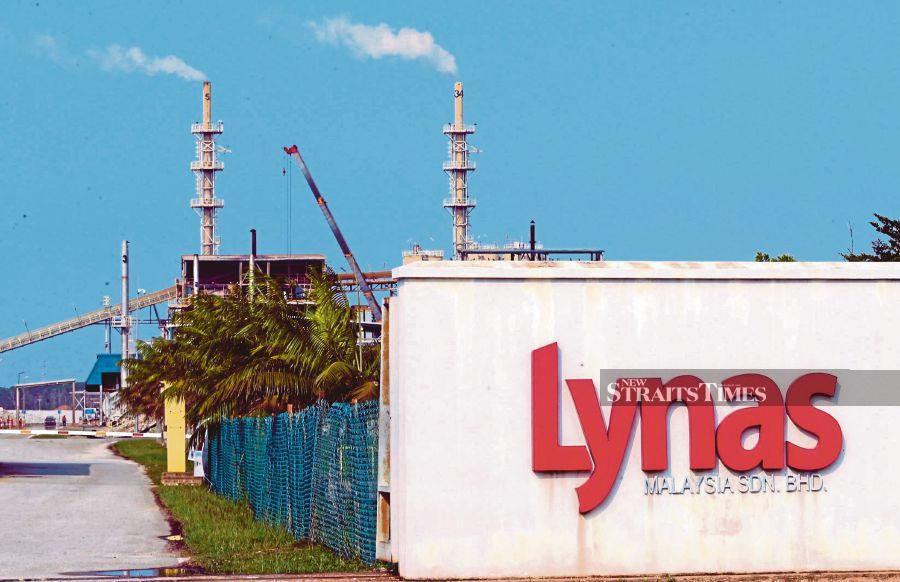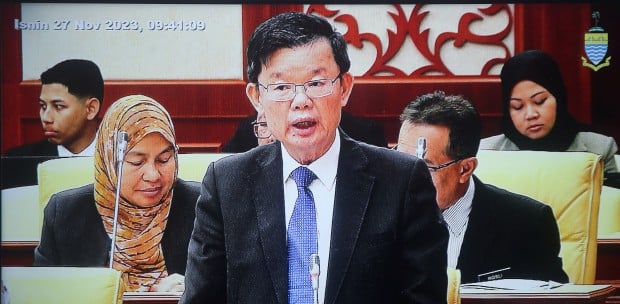The world's economy is fast embracing low carbon in the face of the looming climate crisis.
Rare earth elements have emerged as a strategic low carbon material, and super magnets used in green electronics depend on them to operate efficiently.
However, few countries produce rare earths, with China accounting for close to 90 per cent of the global supply.
The only other major supplier of rare earths is Lynas, which operates in a precarious position in Kuantan, Pahang.
The company had to endure years of harassment because of its chemical residue, which critics said is radioactive and unsafe.
It has been operating for more than a decade, however, and no evidence supporting the claim has surfaced.
Still, anti-Lynas campaigners have continued to pressure the government to end the company's operations by citing an earlier improperly managed rare earths incident in the country. But the evidence then was also scant.
Lynas has until July this year to make major changes to its operations, and failure to do so will lead it to closure. This would be unfortunate for the country, as the company is viewed by many as a strategic investment in this era of global green growth.
Many believe the company's forced closure will also send a negative signal to foreign direct investors planning to set up shop in the country.
At a time when the country needs high-value investments to restructure the economy, this is a regressive move.
It remains unclear why anti-Lynas groups remain adamant about shutting down the company's operations.
Experts have asserted that their health concerns are baseless as the radiation level is not much higher than the natural background level.
Many believe the objection is, instead, rooted in business competition. If so, it is not in Malaysia's interest to discontinue Lynas's licence as the country prepares to mine its own rare earths deposits.
It is now common knowledge that a few states have reported sizeable deposits of rare earths. We need Lynas to extract and refine these deposits, as the company has the technology to do so safely and efficiently — something even China does not have.
Thanks to years of investment in research and development, Lynas now owns the latest technology to extract and refine rare earths from the concentrate brought in from Western Australia.
We should be proud of the fact that the processing expertise in Lynas comprises mainly Malaysian engineers, whose advice has been sought by many countries interested in extracting and refining rare earths.
The latest news is that a few of them are helping to set up a similar facility in Texas, the United States.
But the value of rare earths is not just limited to selling the commodity. The bigger economic value is in the downstream business of manufacturing rare earths-based electronics and renewable energy technology.
We have wasted a decade not capitalising on Lynas to attract such downstream investments into the country, unlike other countries in the region which have seized that opportunity.
Vietnam, in particular, has been importing rare earths from Lynas to do just that.
What we need are clear policies to drive the rare earths industry.
The Academy of Science Malaysia has the expertise to craft such policies. In the early days of Lynas, the academy was also advocating for the necessary policy support.
Experts at the academy visited China to study the industry, and contact was also made with the University of Queensland in Australia for advice on responsible mining.
It would be tragic for the country if such expertise is not sought out to advise the government on the way forward for the potentially lucrative rare earths industry.
The writer is a fellow of Academy of Science Malaysia
The views expressed in this article are the author's own and do not necessarily reflect those of the New Straits Times





